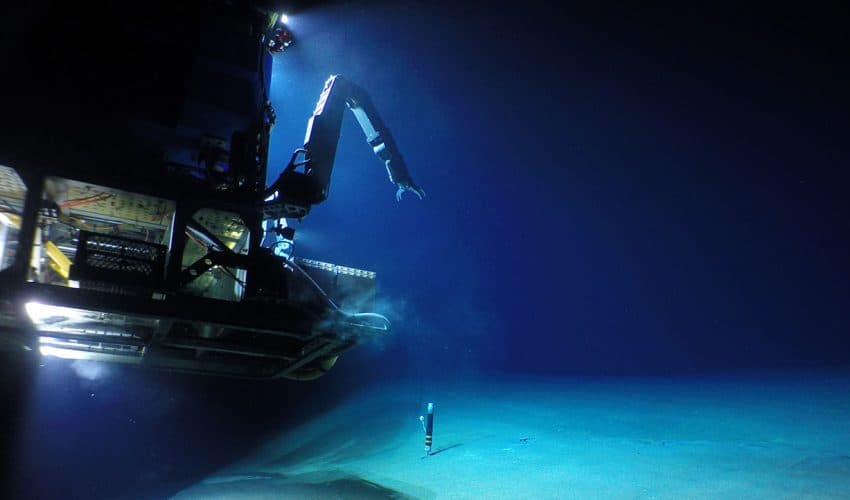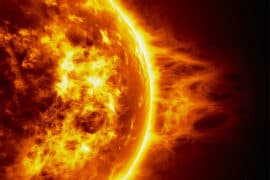
Deep-sea eruption of Havre volcano was largest in a century
The underwater Havre volcano, discovered near New Zealand in 2002, was the site of what may be the largest deep-sea eruption in decades – and it could have a profound effect on human understanding of underwater volcanic activity.
In 2012, the volcano was the site of a massive deep-sea eruption. At first, scientists didn’t realize just how massive it was.
But a new study, published in the journal Science Advances on Jan. 10, revealed that it may be the largest recorded deep-sea eruption of the past century. Lead author Dr. Rebecca Carey compared the eruption to the explosion of Mount St. Helens in 1980.
“We then knew that this was an event that only happens on land about four times per century,” she told Newsweek in an email. “On the seafloor they are as common; however, always undetected.”
It was sheer coincidence that allowed Carey, a volcanologist at the University of Tasmania, and her team to observe the eruption. Until just before the 2012 event, Carey had been more focused on land-based volcanoes.
But the 2012 eruption sent a plume and a massive, 150-square-mile chunk of floating pumice up to the surface, drawing geologists’ attention. Carey and an international team of fellow scientists prepared a fleet of automatic and remote-operated underwater vehicles to study the aftereffects of the deep-sea eruption.
The scientists carried out their investigations in 2015, gathering data about seafloor changes, expelled materials and other signs of the magnitude of the volcanic eruption.
“The 2012 submarine eruption of Havre volcano in the Kermadec arc, New Zealand, is the largest deep-ocean eruption in history and one of very few recorded submarine eruptions involving rhyolite magma,” the researchers conclude in the newly published study.
The scientists based their findings on the appearance of 14 new vents at the volcanic site – a sign of a massive eruption – as well as massive chunks of pumice linked to the event.
While the deep-sea eruption is the largest on record, the researchers do admit that very little is known about volcanic activity deep in the ocean, although that’s where 75 percent of the world’s active volcanoes are found. This study, however, helps to fill in those gaps.
“This event is a scientific goldmine,” Carey said.
—
By Kyla Cathey, Earth.com staff writer
Image credit: Multidisciplinary Instrumentation in Support of Oceanography (MISO) Facility, Woods Hole Oceanographic Institution












